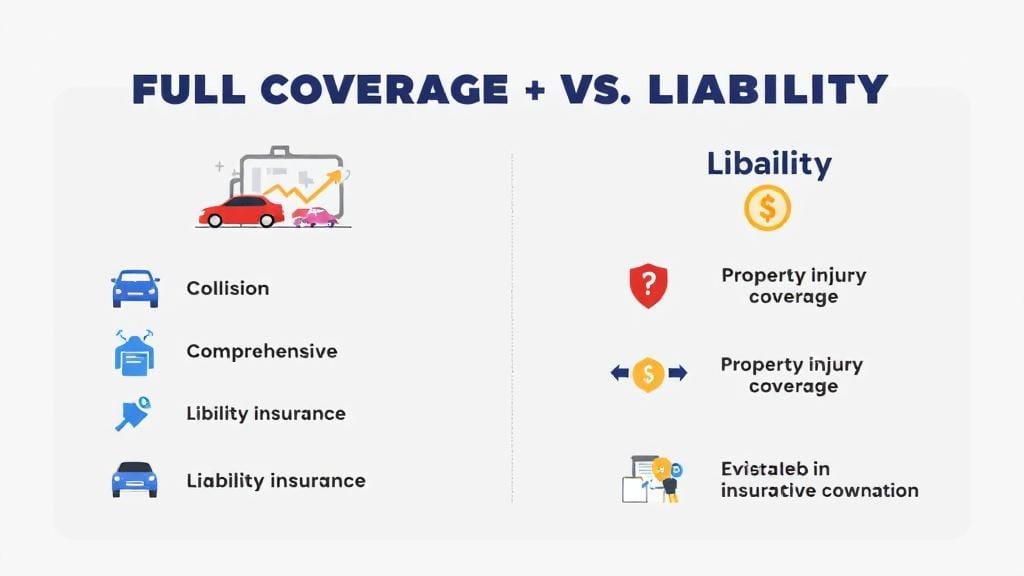When it comes to managing money, one thing is clear: effective budgeting can make all the difference. Whether you’re planning for big life changes, saving for your future, or simply trying to get a better handle on your finances, knowing how to budget money is the first step in the right direction. In this guide, we’ll break down exactly how to budget money, offering actionable tips and real-life examples to help you stay on track, especially during major life transitions.
Table of Contents
Why Budgeting Matters
Budgeting is about more than just keeping track of how much money you spend. It’s about taking control of your financial future, ensuring that you’re making the most of your money, and having a plan in place for life’s unexpected turns.
Life can bring major changes, such as a career shift, a family addition, or a move to a new city. These life events can drastically impact your finances. For example, when you’re budgeting for major life changes, adjusting your spending habits becomes crucial in managing costs like moving expenses, childcare, or even career change costs.
The reality is that financial planning for big changes requires a solid budget that can adapt to the unexpected. Without one, you might find yourself scrambling to make ends meet.
Step 1: Understand Your Income and Expenses
Before diving into budgeting for life events, it’s essential to get a clear picture of where you stand financially. This means knowing your monthly income, including your salary, side gigs, or any passive income sources.
Key Areas to Assess:
Income: What’s your total monthly income after taxes?
Fixed Expenses: Rent/mortgage, utilities, car payments, insurance.
Variable Expenses: Groceries, entertainment, transportation, personal care.
Real-Life Example:
Let’s say you’re planning a career change and need to adjust your budget for a period of lower income. Knowing how much you spend on essential expenses versus luxuries will help you make informed decisions about cutting costs during this transition.
Step 2: Set Clear Financial Goals
Once you have an understanding of your financial landscape, it’s time to set clear goals. Goals help you stay motivated and provide direction. Whether it’s saving for a move, building an emergency fund, or preparing for a career change, having a concrete target makes budgeting easier.
Types of Financial Goals:
Short-Term: Pay off a credit card, save for a vacation.
Medium-Term: Build an emergency fund, save for a down payment on a house.
Long-Term: Retirement savings, investing for the future.
For example, when budgeting during life transitions, like transitioning into a new job, it’s important to have a clear goal of how much you need to save to cover the costs of relocation and any downtime without income.
Step 3: Categorize Your Expenses
To create a successful budget, you need to break down your expenses into categories. This will help you visualize where your money goes and make it easier to cut back when necessary.
Common Budget Categories:
Housing: Rent/mortgage, utilities, maintenance.
Food: Groceries, dining out, snacks.
Transportation: Gas, car payments, public transit.
Health and Insurance: Medical bills, insurance premiums.
Savings: Emergency fund, retirement accounts, investments.
Debt Repayment: Loans, credit card payments.
Real-Life Example: Budgeting for Major Transitions
If you’re budgeting for a career change or moving costs, you’ll need to account for temporary expenses that don’t usually occur. For example, hiring a moving company or paying for a career training program could be substantial one-time costs.
Step 4: Create Your Budget
Now comes the fun part—putting it all together. With your income and expenses in mind, you can create a budget using a variety of tools, from simple spreadsheets to apps like Mint or YNAB (You Need A Budget).
The 50/30/20 Rule:
50% goes to necessities (housing, food, transportation).
30% goes to discretionary spending (entertainment, dining out, hobbies).
20% goes to savings and debt repayment.
You can tweak these percentages based on your priorities, especially if you’re planning finances for life changes, such as a move or starting a family.
Example: Life Event Budgeting Tips
If you’re planning to transition finances for major events like a wedding or the birth of a child, you may need to adjust the 50/30/20 rule to accommodate higher savings goals for that specific event.
Step 5: Adjust Your Budget for Life Changes
Life isn’t static, and neither should your budget be. Financial adjustments for life events may involve shifting priorities and allocating funds differently to manage costs related to major changes.
For example:
Budgeting for career change: Cutting back on non-essential expenses to save more during a period of transition.
Budgeting for moving costs: Accounting for hiring movers, packing materials, and other relocation expenses.
Financial planning when starting a family: Planning for the added costs of childcare, medical bills, and more.
Tips for Adjusting Your Budget:
Create an emergency fund: This can help during unexpected life transitions, such as job loss or medical emergencies.
Track new expenses: As life changes, so do your expenses. Track spending closely in the first few months of your transition.
Prioritize needs over wants: While it might be tempting to splurge, focus on essentials like housing, utilities, and food during uncertain times.
Step 6: Stick to Your Budget
Creating a budget is half the battle; sticking to it is where the real work begins. One way to ensure success is by regularly reviewing your budget. Adjust it as needed, but stay committed to your financial goals.
Strategies for Sticking to Your Budget:
Set reminders: Use apps or calendar reminders to check your spending weekly.
Review monthly: Make sure your budget reflects your current life situation.
Be flexible: Life happens, and you might need to make changes to your plan. Just make sure you’re always working toward your larger goals.
Frequently Asked Questions
1. What is the best way to budget money during a life transition?
The best way to budget during a life transition is to first assess your new income and expenses. Then, prioritize your most important expenses, such as housing and transportation, and cut back on non-essentials. Setting a clear savings goal for the transition period can also help.
2. How can I adjust my budget for a career change?
When budgeting for a career change, consider any reduced income or temporary gaps in employment. Cut discretionary spending and set aside a buffer for emergencies. Factor in the costs of new job training or relocation if applicable.
3. What are some saving strategies for life changes like starting a family?
To save for big life changes like starting a family, focus on building a solid emergency fund first. Also, start saving early for specific expenses, like medical bills or daycare costs, by opening a dedicated savings account.
4. How do I plan for the cost of relocation and career shifts?
Start by calculating how much it will cost to move—considering movers, transportation, and temporary living expenses. For a career shift, you might need to budget for job-searching costs, such as resume building or interview travel.
5. Should I use a budgeting app or spreadsheet?
Both methods can be effective, but an app offers more automation and reminders, which can help you stay on track. Spreadsheets, however, give you more control and flexibility. Choose the method that works best for your lifestyle.
6. What are some emergency savings for life events tips?
It’s essential to have at least 3-6 months’ worth of living expenses saved in an emergency fund. If you’re going through a life event like job loss or moving, this buffer will help you stay financially secure during the transition.








Comments (0)